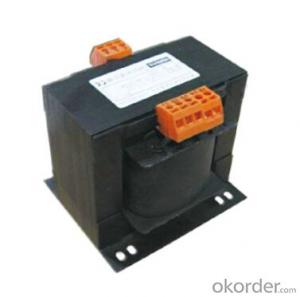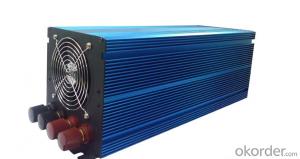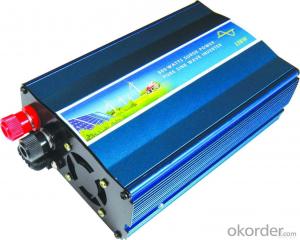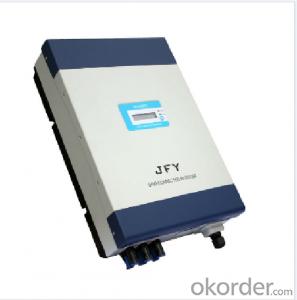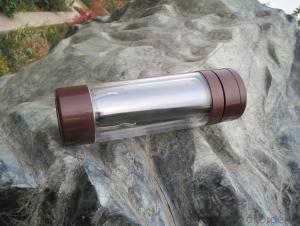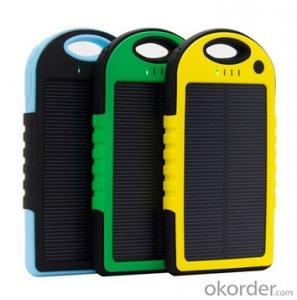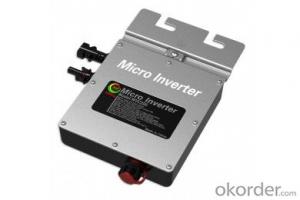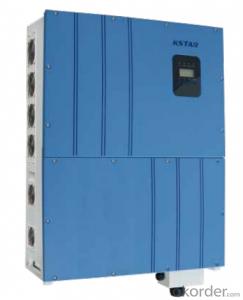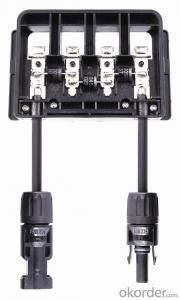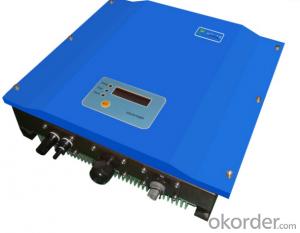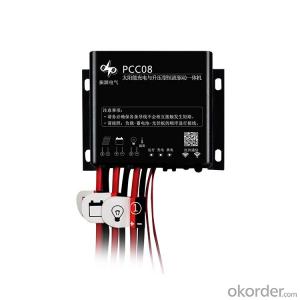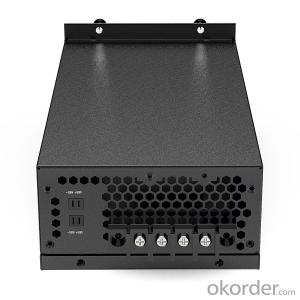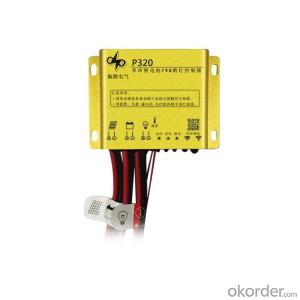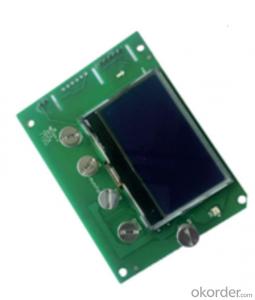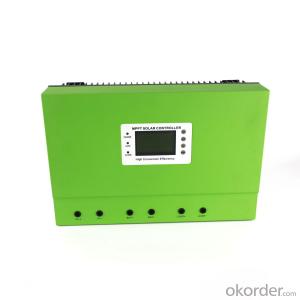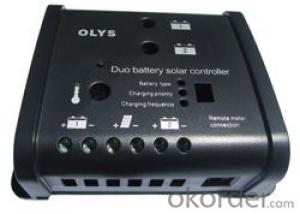Jk Bank Solar Inverter Scheme
Jk Bank Solar Inverter Scheme Related Searches
Jinko Solar Inverter Jfy Solar Inverter Jntech Solar Pump Inverter K Solar Inverter Solar Inverter Upgrade Solar Inverter Kit Install Solar Inverter 10k Solar Inverter Solar Power Bank Inverter Uk Solar Inverter Buy Solar Inverter Japanese Solar Inverter 3k Solar Inverter Smart Solar Inverter Power Inverter Solar Kit Solar Battery Inverter Kit Solar Smart Inverter Solar Power Kit With Inverter Best Inverter Solar System Solar Kit With Inverter Solar Power Inverter Kit Solar Panel Kit With Inverter Smart Inverter Solar Inverter With Solar System Solar Inverter Package 5k Solar Inverter Jump Solar Inverter Jfy Solar Pumping Inverter Home Solar Inverter System Inverter With Solar PanelsJk Bank Solar Inverter Scheme Supplier & Manufacturer from China
The Jk Bank Solar Inverter Scheme encompasses a range of solar inverters designed to optimize the performance of solar power systems. These inverters are engineered to convert the direct current (DC) generated by solar panels into alternating current (AC), which can be used to power homes and businesses. The scheme offers a selection of inverters that cater to different power requirements, ensuring that customers can find a suitable product for their specific needs.The application of the Jk Bank Solar Inverter Scheme's products is vast, as they are utilized in various scenarios where solar energy is harnessed. These include residential rooftop installations, commercial solar farms, and off-grid applications such as remote homes and telecommunication towers. The inverters play a crucial role in ensuring that the solar energy generated is efficiently converted and utilized, thereby maximizing the return on investment for solar power system owners.
Okorder.com stands as a prominent wholesale supplier of the Jk Bank Solar Inverter Scheme's products, boasting a substantial inventory to meet the growing demand for solar inverters. The company is committed to providing high-quality inverters at competitive prices, ensuring that customers have access to reliable and efficient solar energy solutions. With a wide range of options available, Okorder.com is well-positioned to serve the needs of both individual consumers and large-scale solar projects alike.

